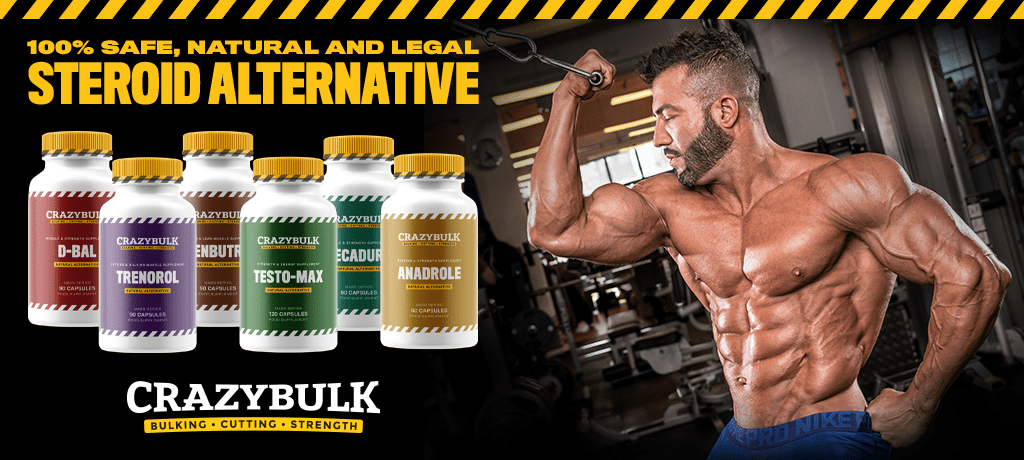Here’s a recent question from a subscriber:
“Since I started concentrating on the squat, deadlift and bench press, I gained an average of 0.8 pound per week. The problem is that with such gains, I have put on some fat. It does not bother me yet since my abs are still visible. I just have some new love handles. What should I do when I want to get rid of the fat without sacrificing muscle? Also, how many grams of fat should I include in my daily intake when training to lose fat?”
ANSWER: Always remember, to lose fat… you must burn off more calories than you consume each day. To gain muscle…you must consume more calories than you burn each day (as long as you’re working your muscles such that the extra calories are used to create lean mass, not stored as fat).
So if you want to gain some good muscle, you are ultimately going to gain a small bit of fat along with it. As a matter of fact, if you don’t go about a mass gain diet the right way, you could gain more than a small bit of fat.
Most people should stay on a mass diet for about 8 to 12 weeks because after that (for most people) body fat levels start accelerating upward because of prolonged high insulin levels…and muscle gains slow considerably.
Meals should be spaced out to one every two to three hours and should be packed with protein and carbs (the right carbs) with a moderate amount of fat. They don’t have to be huge meals, just make sure your protein intake is almost 2 grams per pound of bodyweight per day and that you’re consuming enough calories.
Make sure to stay away from candy and junk food. Fast food and candy are loaded with added preservatives and sugars that won’t do a thing except make you fat. Don’t worry about fat content too much. As long as it’s in a well-balanced meal it’s usually fine.
Perform little to no aerobic exercise when you’re trying to make mass gains because you’ll just be going around in circles and you’ll never get anywhere. HIIT [high-intensity interval training] is ok once or twice a week for no more than 20 minutes, but no more than that. After you’ve made sufficient muscle gains and your body fat starts to rise then you should go on a fat loss diet.
The timing of your meals is the same as before… every two to three hours, but they should be considerably smaller meals. Your meals should include more protein and very low carbohydrates. You should lower your carb intake slowly or it may cause you to feel sluggish and low on energy.
Your meals should contain a moderate amount of fat so your body can switch to burning fat for energy since you’re lowering your intake of carbs. Be ready to become a bit weaker when you diet. You probably won’t gain muscle or strength while on a calorie-restricted diet, so don’t worry about it. Perform some type of cardiovascular training (I recommend HIIT) for about thirty minutes three times per week.
Supplement your diet with the BCAA’s (branch chain amino acids) and amino acid L-glutamine before and after workouts. While dieting, these amino acids help you keep a lot more of the muscle you gained on your mass cycle. I suggest Nitrobol for this. Whether on a mass gaining cycle or fat loss cycle, get plenty of sleep every night, stay away from sugar, and drink plenty of water throughout the day (shoot for at least a gallon).

